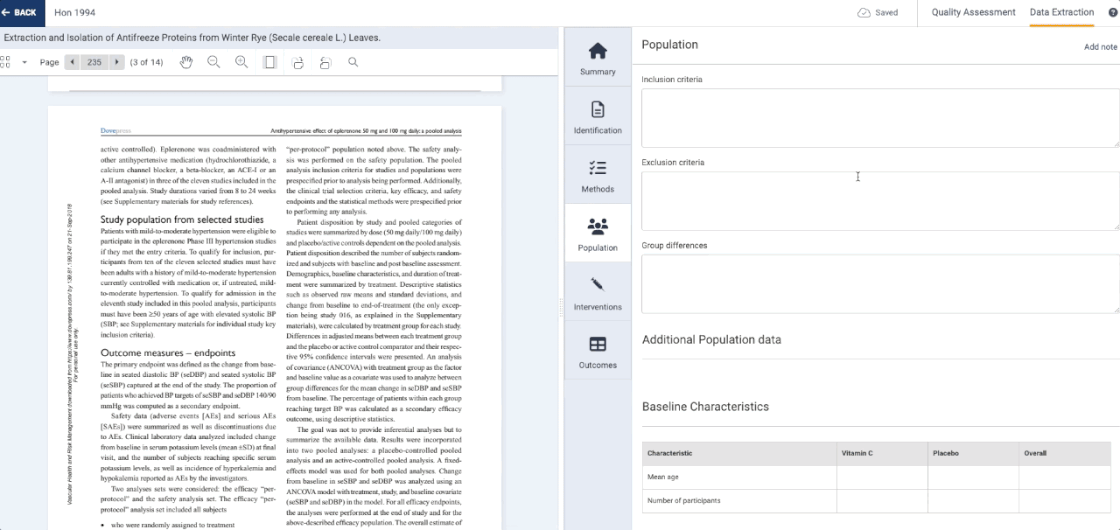New
📢 Exciting News! 📢 We're thrilled to announce the release of our latest eBook: 'A Practical Guide: Data Extraction for Intervention Systematic Reviews'! 🚀
Tailored for Intervention Systematic Review researchers and shaped by insights from the global systematic review community, this tool-agnostic guide is a must-have for both seasoned researchers and those just starting out.
🔍 Explore essential techniques and gain valuable knowledge to enhance your data extraction process. Make this guide a vital addition to your toolkit!
👉 Download your FREE copy now: https://www.covidence.org/resource/data-extraction-for-intervention-systematic-reviews/
Happy extracting! 📖✨












